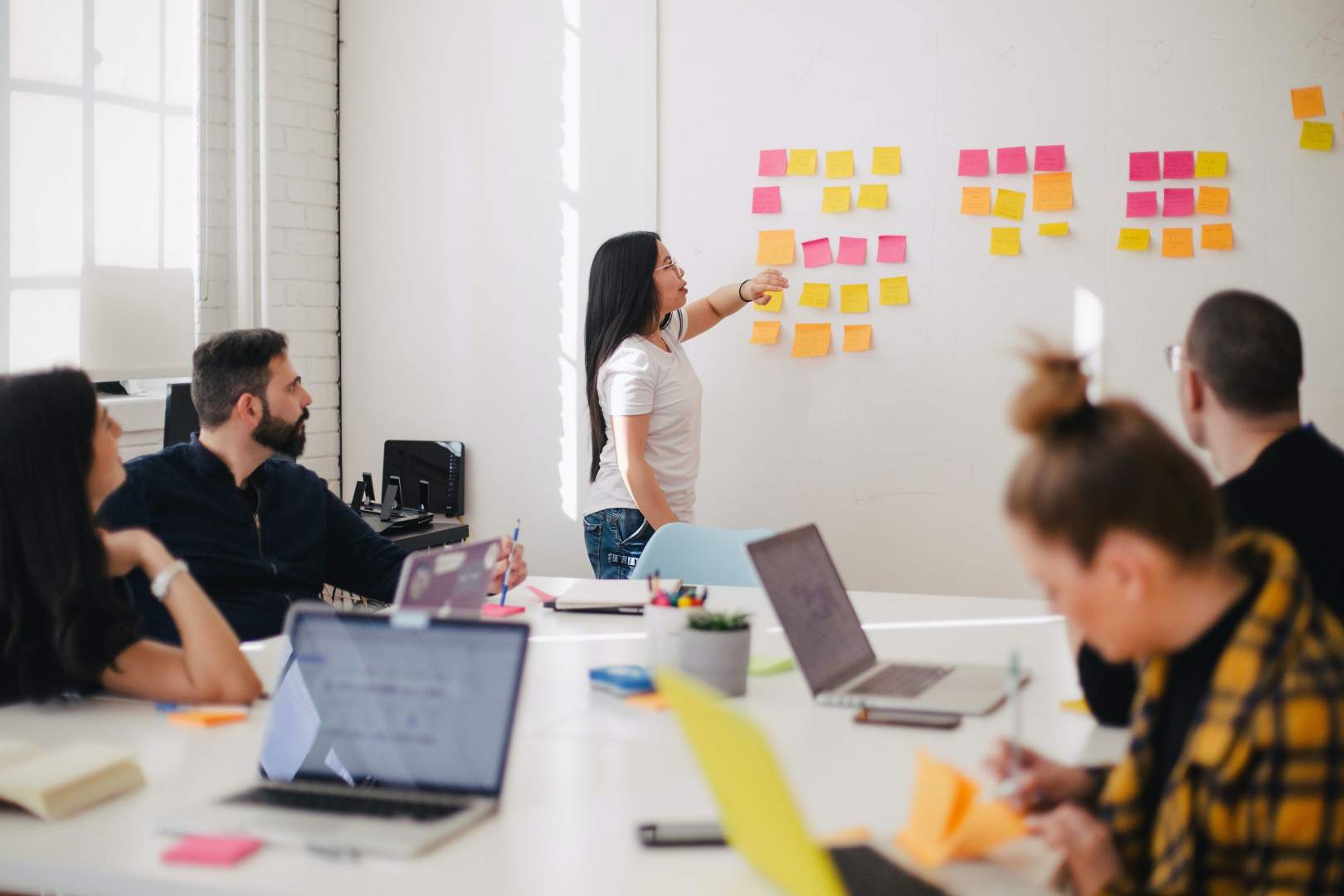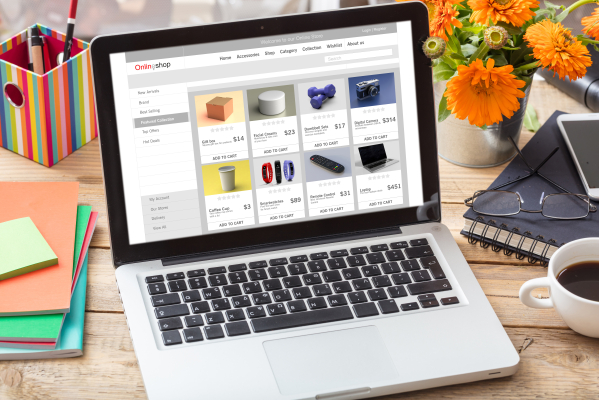More About Agile Development
Feltöltés dátuma:
Agile software development is a set of methods and practices based on various principles. It is a group of software development methods where the project itself is broken down and continuous changes to product versions are sought during each development cycle. Newer features are added to newer versions. Software development is based on twelve principles, recorded in the so-called Agile Manifesto.
There are several agile software development methods, such as Crystal, Extreme Programming, Lean, Srcrum, or Kanban. Which one you choose depends on your corporate goals and it is important to note that no two projects are the same.
What does agile software development look like?
It is an iterative process: the process of specification, design, development, and testing overlap. The software itself is developed by thinking in steps, not all at once, uniformly. The term iterative refers to the need to go through a process over and over again to get the best possible solution. It is characterized by meticulousness, as the result to be as flawless as possible can be achieved by breaking it down into parts and steps.
Agile software development can be better than other traditional methods because it offers user-friendly work. As the software hits the market, in a short period, learning from user feedback and statistics, software that is appropriate to those is created. As a result, the software is much better suited to the needs of the target group than a product made with other traditional methods.
Let us not be misled. This is not a semi-finished product, as it is already equipped with some features by default. It indeed has few features, but users can already apply and provide feedback on them, which will be incorporated into a newer version of the software later.
Let’s talk about finances: the agile method can save money, but not directly. The reason is that only features that are needed will be included in the software, so we don’t spend money unnecessarily. Since we also get to know the target group during the process, marketing campaigns can be appropriate to the target group, and this way we can save a lot of money. The methodology costs nothing to the one who applies it, but the product or the project itself depends on the degree of complexity.
Overall, good things come to those who wait, applying agile software development as a method can be useful for those who have enough patience to wait for the final state of the product to emerge, but those who can do so can save a lot and win satisfied users.
Sign up for our newsletter!
Sign up for our newsletter to be the first to know about our latest projects and technological innovations.
Predicting Trends and Demand: The Power of AI in Inventory Forecasting
Inventory management is a critical aspect of any business, influencing costs, customer satisfaction, and overall profitability. Traditionally, inventory forecasting relied on manual methods and historical data analysis, often resulting in inaccuracies and inefficiencies. However, with the advent of Artificial Intelligence (AI) and machine learning, businesses now have powerful tools at their disposal to predict trends and demand with unprecedented accuracy. In this article, we'll explore the transformative power of AI in inventory forecasting and how businesses can leverage these technologies to optimize their supply chain operations.
Navigating Regulatory Compliance and Legal Considerations with Utility NFTs
As utility Non-Fungible Tokens (NFTs) gain traction across various industries, it's crucial for developers, businesses, and users to navigate the legal landscape and ensure compliance with regulatory requirements. While utility NFTs offer innovative solutions for ownership, access control, and digital asset management, they also pose legal challenges related to intellectual property rights, securities regulations, data privacy, and consumer protection. In this article, we'll explore the key legal considerations and regulatory compliance issues associated with utility NFTs and provide guidance on how to navigate them effectively.

















